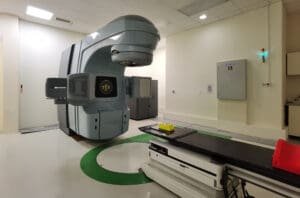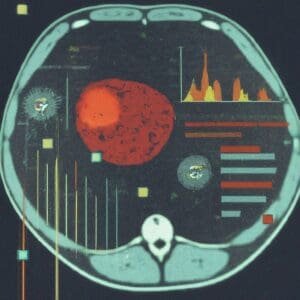Radiation therapy is one of the primary modes of lung cancer treatment, and recommended as the best alternative to surgery in patients who may not be able to undergo surgical resection due to health complications. However, the moving nature of the tumour presents some challenges. The unpredictable variation in breathing pattern causes the risk of radiation dose to be delivered to the surrounding healthy tissue instead of being precisely focused to the tumour.
In lung cancer patients, because the lung function is already compromised due to co-existing disease such as chronic obstructive pulmonary disorder (COPD), fibrosis, emphysema, and others, it is critical to spare maximum amount of healthy lung.
CyberKnife is a radiation therapy device which can continuously track the tumour by taking mid-treatment images of image markers which are placed near the cancer. In this study, retrospective cases will be evaluated using the determined image marker positions, to check for potential association between the range of tumour motion and patient- specific parameters. This will allow development of an algorithm to predict whether shifts in tumour position would be of concern for a given patient case. Margins around the tumour and mid-treatment imaging frequencies can also be optimised in accordance with the quantified displacements.






